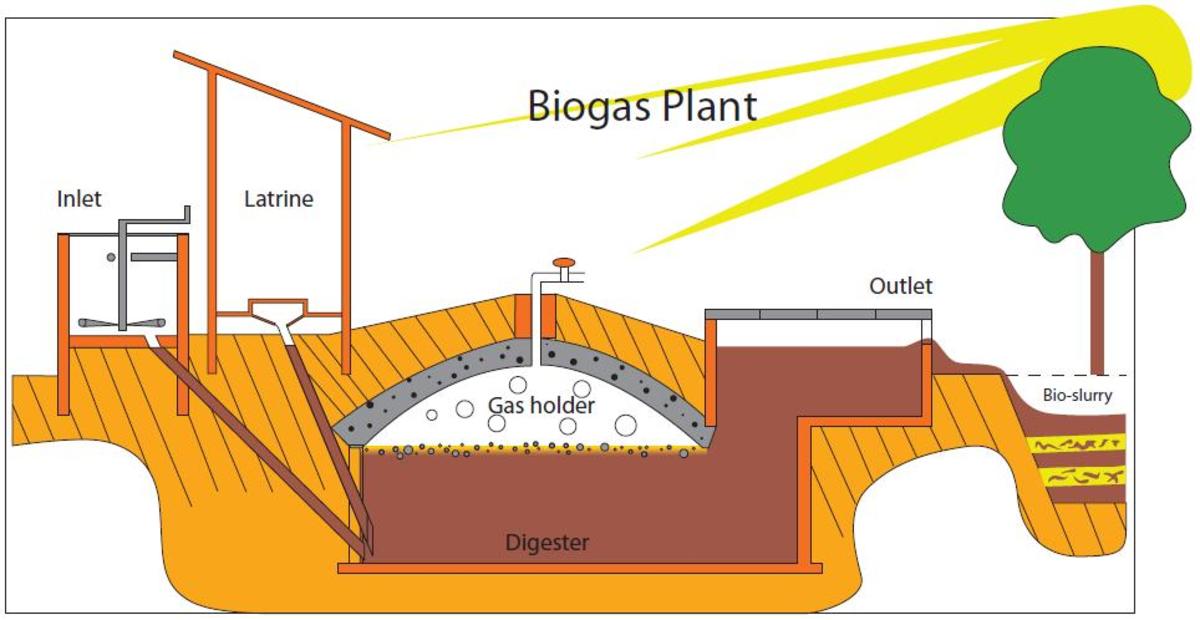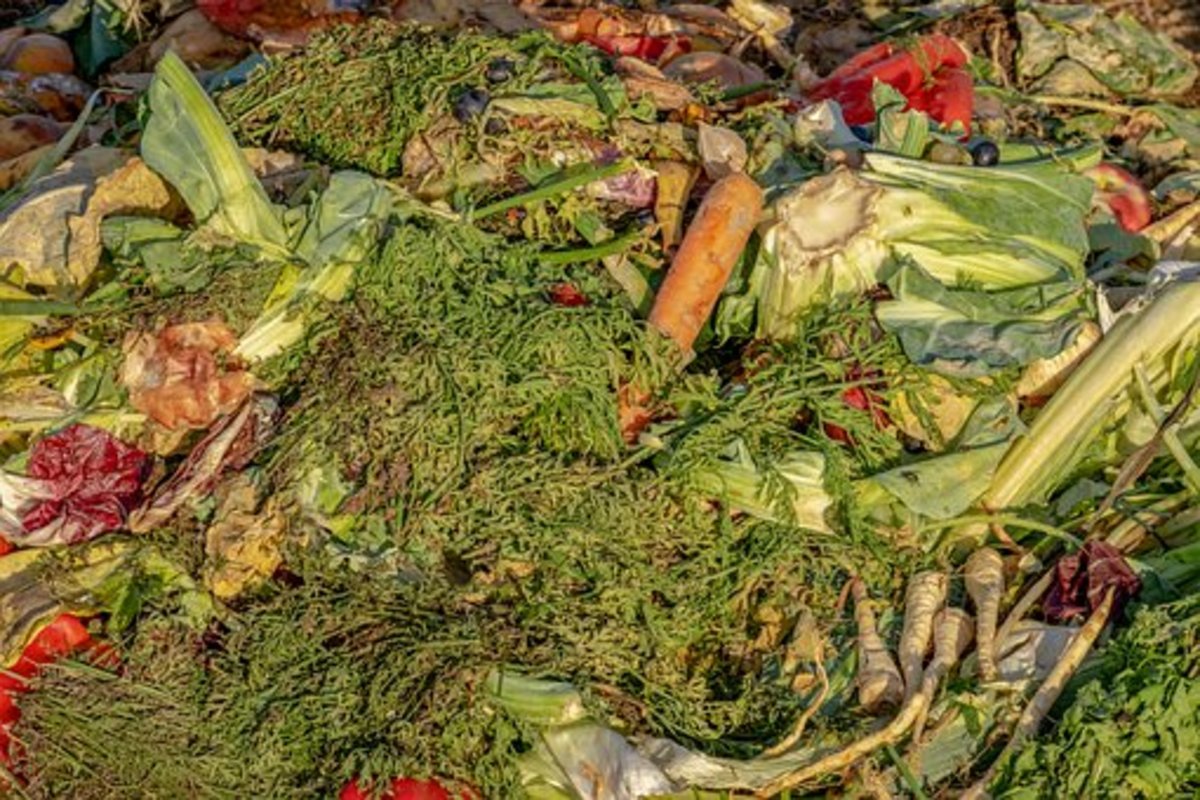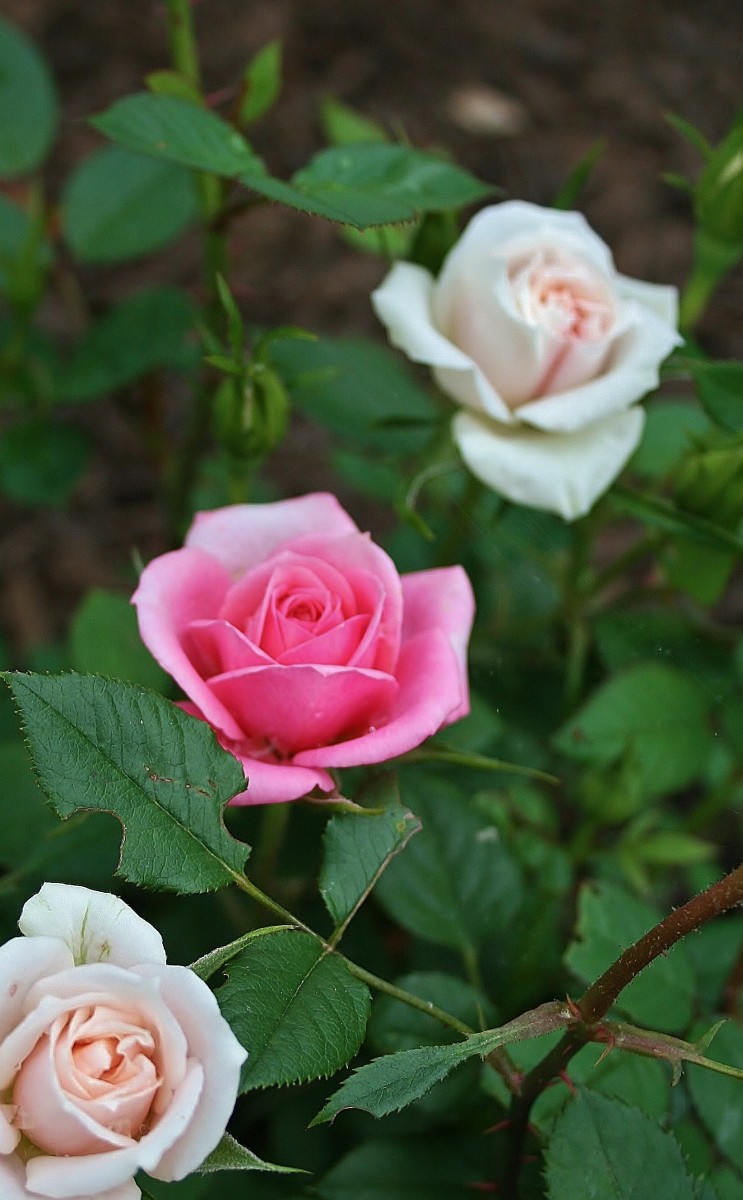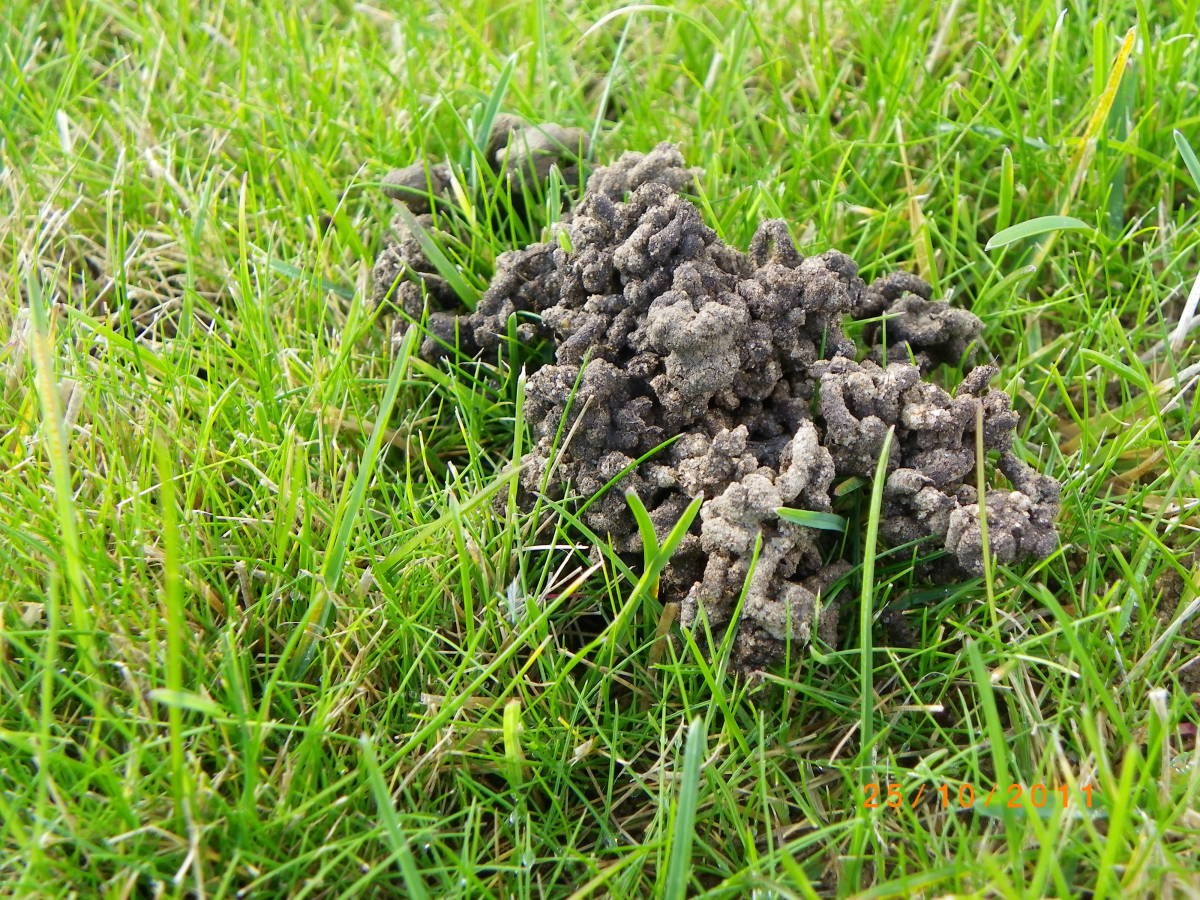4 Tips for Better Harvests with Soil Microbes and Soil Bacteria
Contents
1. Introduction: Is There Live Soil and Dead Dirt?
2. Live Soil versus Dead Dirt
3. Benefits of Soil Microbes
4. 5 Types of Soil Microbes
5. DIY Soil Microbes or Store Bought?
6. How to Grow Worm Castings for Soil Microbes
7. Conclusion: Soil a Complicated Eco System
8. Video on Soil Microbes and Their Importance to Us
9. Further Reading
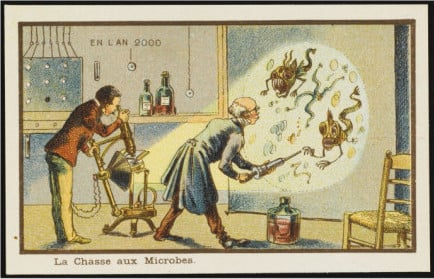
Is There Live Soil and Dead Dirt?
Dirt is just dirt, right? Wrong! Live healthy dirt is just teeming with all kinds of microscopic life that plants love. Knowledgeable gardeners know this, and actually spend more time thinking about improving the garden soil than plants. There is dead dirt and there is live soil. Plants can only thrive in live soil. Why is this? What makes the difference?
Live Soil Versus Dead Dirt
Live soil and dead dirt are two very different things. Live soil has stuff in it that dead dirt does not. Most people know earthworms are one good sign that gardeners like. There are other things also: beneficial soil microbes of many different types and 3 different kinds of organic matter.
Organic matter changes dead hard dirt into a soft and loamy soil that will at the same time hold water and let it drain. There are 3 kinds of organic matter. Two of the types make up 35% of the organic matter: micro-organisms and fresh residues of dead plant based items that the microbes and plants feed on. This is called active soil organic matter, or SOM. One ounce of soil, the weight of a paperclip, holds 100,000 to one million microbes depending on the health of the soil. All of these microbes and the plants have a co-dependency that benefits each other. The other 65% of the organic matter is very difficult to break down and has been around for hundreds of years. This organic matter is called dead humus but is still essential for the health of the soil, keeping it soft and loamy.
Poor soil is heavily compacted dirt, sand or heavy clay. It is very low on microbes, which are essential to life. Without micro-organisms, dead plant and animal life would not decompose. Soils would be putrid and become compacted. Many nutrients would not be available to plants. Plants could not survive under such conditions. Such soil can be improved.
Beneficial soil microbes form a give-and-take relationship with the plant. In fact, the plant will exert as much as 30% of its energy to the root zone to make food for its beneficial bacteria. In return, those one celled friends not only protect the plant from stress, but also feed the plant by converting and holding nutrients in the soil. Only about 50% of the fertilizer applied goes directly to the plant. The organic matter holds onto the nutrients in the soil. The microbes converts the nutrients into something the plant can use.
Here are some other benefits of soil microbes:
- stressed plants release compounds that signal microbes to colonize the roots. The microbes then cause a plant response that allows the plant to better tolerate the stress.
- soil microbes assist in making improved soil structure with more efficient drainage, water holding capacity and water infiltration. My husband had a friend that was into soil microbes big time. This friend had a small field that was heavy with clay and would not grow much. One spring the friend began applying heavy doses of soil microbes to this clay field. As the summer progressed, we watched as the clay slowly disappear and a softer soil took its place. The soil was much improved. Using regular recommended doses of soil microbes, this ordinarily would have taken a couple years. But our friend was using heavy doses.
- soil microbes increases root mass and root hair development
- soil microbes increases plant growth and crop yield
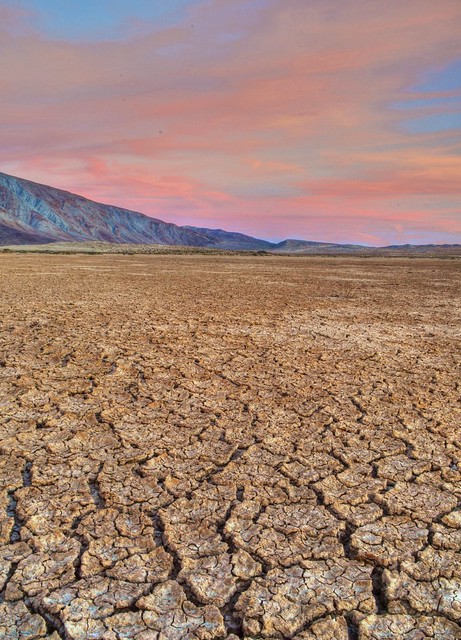
5 Types of Soil Microbes
Here are five different types of soil microbes: bacteria, actinomycetes, fungi, protozoa and nematodes. Each of these microbe types has a specific job to boost soil and plant health.
- Bacteria are the essential soldiers of the soils. They are the final stage of breaking down nutrients and releasing them to the root zone for the plant. Beneficial bacteria feed the plant by lining up along the root hair. As the bacteria eat the organic matter, they excrete nutrients the plant needs and is absorbed by the root hair. The root hair grows longer and reaches out, carrying the bacteria along with it to new organic matter. My husband and I have seen a video magnifying a root hair and showing the bacteria lined up along a root hair. Very Interesting.
- Actinomycetes were once considered fungi. They do act similarly in the soil. However, some actinomycetes are predators and will harm the plant while others can act as antibiotics for the plant.
- Fungi, like bacteria, also live in the rootzone and helps make nutrients available to plants. For example, Mycorrhiae is a fungi that facilitates water and nutrient uptake by the roots and plants, providing sugars, amino acids and other nutrients. The mycorrizal filaments entwine around the roots of the plant, then stretches across to neighboring plants, providing a connection. This connection enables one plant, when it is stressed, to let the neighbor know that something is afoot and to prepare for the stress (such as disease or aphids) enabling the plant to better survive. These mycorrizal filament connections between plants are easily disturbed with tilling of the soil They function best with no-till gardening or just shallow tilling.
- Protozoa are larger microbes that love to consume and be surrounded by bacteria. In fact, nutrients that are eaten by bacteria are released when protozoa in turn eat the bacteria.
- Nematodes are microscopic worms that live around or inside the plant. Some nematodes are predators while others are beneficial, eating pathogenic nematodes and secreting nutrients to the plant.
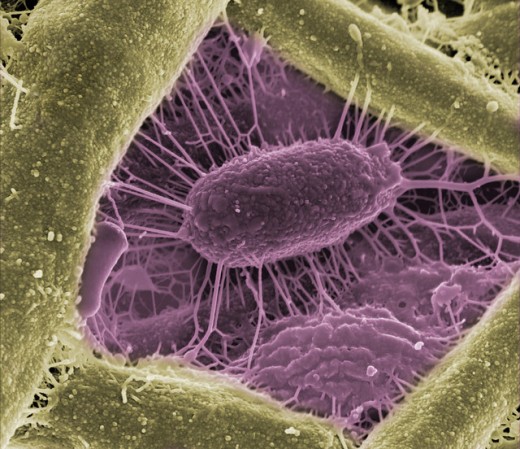
DIY Soil Microbes or Store Bought?
Soil microbes can be purchased from the store to build your garden. However, if you have the time and desire, there are do it yourself projects for improving your garden soil.
Here are three DIY projects for building soil microbes in your garden:
1. Cover your garden with mulch. Mulch repels the suns rays, cooling the soil on hot days. It also acts as a moisture barrier, trapping humidity during the summer. These two points help keep the microbes from cooking on dry, hot summer days. Compost makes an excellent mulch, providing nutrients and tons of microbes. Some call it the black gold.
2. You can brew your own soil microbes made up of your own local indigenous microbes. Mother Earth News gives the instructions for the recipe.
Ingredients
- Unsulphured Molasses: the Plantation Blackstrap brand produced the most active cultures
- Water: filtered or distilled
- Dirt from undisturbed pasture or bottom land from a three foot deep hole
Prodecure
- When the soil temperature reaches 60 degrees or more, using a post hole digger, make a hole 3 feet deep. Take a dirt sample every 6 inches.
- Clean a gallon jug with hot water and soap. Rinse well.
- Add 2 cups water, hot to the touch
- Add 2.5 oz molasses
- Fill the gallon bottle half full with cool non-chlorinated water
- Mix the soil samples and add one cup dirt to the bottle. Shake. Then fill the bottle with non-chlorinated water to below the neck two inches.
- Let sit until the foaming stops, about two weeks at 90 degrees fahrenheit, or pH 3.5-4. You can get pH papers from a pharmacy or drug store.
How to use homemade soil microbe mix: Mix one part soil microbe mix to two quarts of non-chlorinated water. Use as a foliar spray or on new and established seed beds.
If you do not wish to go through this DIY project, soil microbes can be purchased from a store.
3. Use a mycorrhizal inoculant. These tiny fungal fibers wrap around roots, helping them extract water and nutrients from the soil. They also protect roots from predators and in return receive carbohydrates from the plant. Mycorrhizal inoculants can be purchased from a store.
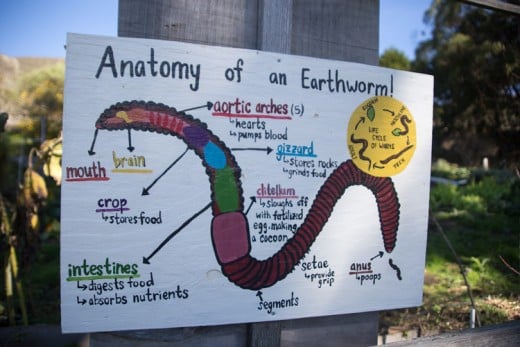
How to Grow Worm Castings for Soil Microbes
Most people know that earth worms are good for improving garden soil. But most do not know how good worm poop is for the soil: worm poop is called worm castings by gardeners. It is also sometimes called black platinum, like compost is called black gold. Worm castings are high in nitrogen, phosphorus and potassium, numerous micronutrients, and a vast array of beneficial microbes. If you have the time and desire, you can make and tend to your own wormery and collect your own worm castings. If you don't want to take the time, you can purchase worm castings by the bag.
How to make and tend to your own wormery
- Obtain an opaque plastic box, such as a typical closet organizer
- Drill 20-30 holes in the bottom to allow for a healthy air flow. Also drill holes around the top and sides to allow oxygen in.
- Layer the bottom with several sheets of newspaper
- Cover with 3-4 inches of moist compost. Not too wet. Water should not squeeze out with squeezing a handful. Just moist.
- Add 300-500 red wiggler worms
- Feed vegetable scraps and peelings; no meat, bones grease or egg shells. Rock dust, humates and kelp meal is good for the worms gizzards to help them digest. Yes, earthworms have gizzards. Just look at the anatomy of an earthworm in the picture above.
- Monitor the moisture level of your soil, adding water when you no longer see condensation on the inside of the lid. Again, make sure the soil is moist, but not too wet, or else the worms will drown.
- Keep the lid on to retain moisture and block sunlight. Keep the box out of direct sun so you don't cook them.
Within several weeks you will have a rich and inexhaustible supply of worm castings that will improve your garden soil.
Soil a Complicated Eco-System
Garden plants need a live soil full of organic matter: soil microbes and plant based matter that improve the garden soil. The plants and soil microbes work together and are dependent on each other.
A good healthy soil has a complicated eco-system we are just beginning to understand. Many things in this world are much more complicated than we can imagine. Like the Bible says,"We are fearfully and wonderfully made." Psalms 139:14 "O, Lord, You have made so many wonders! In wisdom you have arranged them all!" Psalms 104:24
Soil Microbes and Their Importance to Us
Further Reading
www.the-scientist.com/research-round-up/bacteria-help-plants-grow-51853
www.theatlantic.com/health/archive/2013/06/healthy-soil-microbes-healthy-people/276710
www.holganix.com/blog/5-types-of-soil-microbes-and-what-they-do-for-plants
www.growingyourgreens.com John Kohler
www.youtube.com/watch?v=v8GfkAp95wc Jon Kohler on worm beds
ohioline.osu.edu/factsheet/SAG-16
smartpots.com/getting-bac-basics-four-tips-cultivating-soil-bacteria-garden-microbes
Did You Know About Soil Microbes?
Would you prefer do-it-yourself microbes or purchase them?
© 2019 Doneta Wrate

